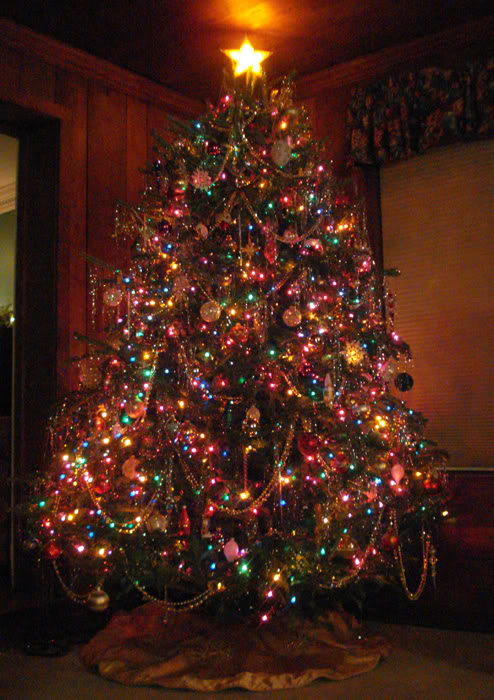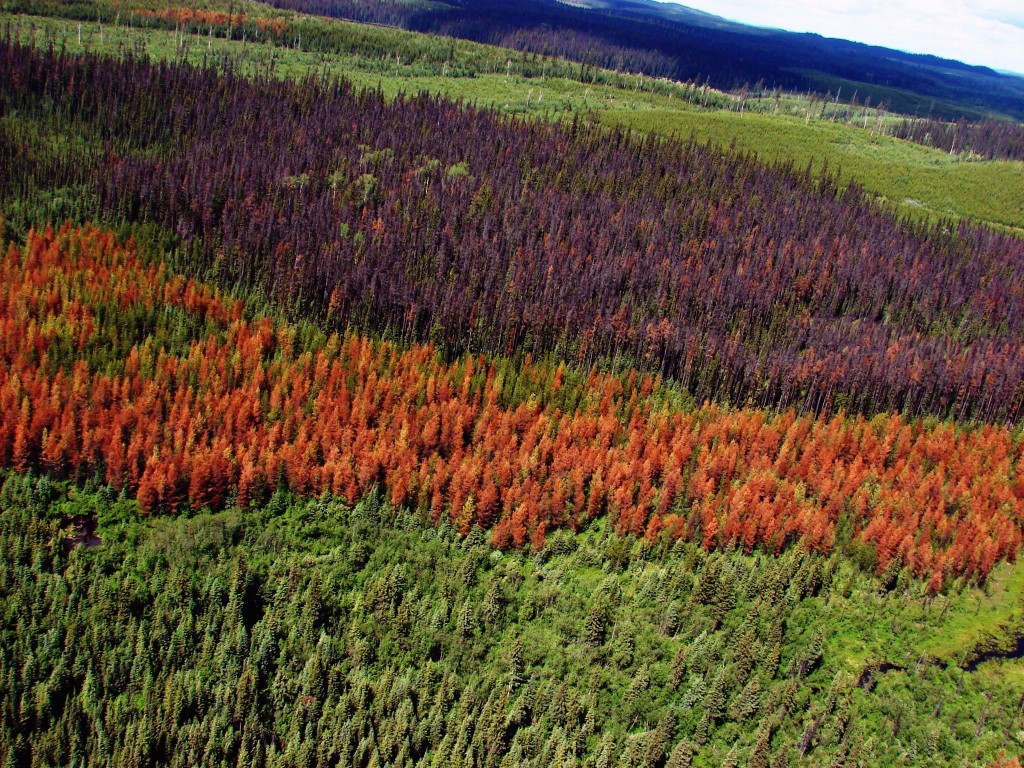December 24, 2014 – It is Christmas Eve and a time that my wife and I use to visit with friends whose parlors are decked out in Christmas trees, both real and artificial. We look forward to this annual ritual just as we do to lighting the Chanukah menorah for eight days. Last night was the last lighting for this year and for us brings an end to 2014.
But it is about Christmas trees and the fate of the boreal forest that this posting focuses on. A warming atmosphere does not bode well for the prime Christmas tree cut, delivered or picked up by families each year to decorate millions of homes. The trees of choice, mostly variants of spruce, although some years I recall seeing Balsam Fir, are at risk because as the atmosphere warms, the sub-zero air of winter, so critical to these trees health, is disappearing. It is gradual but nevertheless winter evenings with temperatures below 0 Celsius (32 Fahrenheit) are fewer than at any time in recorded history.
It is not just the conditioning of the tree that is at risk when it doesn`t experience its normal periodic freeze and thaw, but also the survival of many of its natural enemies, the beetles, fungi and other forms of blight which can winter over and then re-emerge to devastate a coniferous forest. In the past many of these forest plagues died because of winter`s freezing conditions. Not so much now.
For now the Christmas tree species are holding their own, but scientists doing testing in Scandinavia, simulating what they believe will be a near future, are seeing evidence that trees like the Norwegian Spruce may find themselves endangered.
And it is not just the Christmas species that are threatened. All species in boreal forests are at peril, and not just because of climate change, but from continued massive deforestation practiced by logging and pulp and paper operations. Although forestry companies in many countries are regulated and obliged to replant for every tree they cut, the habit of replacing mature multi-species forests with single tree species forests is proving to be a disaster waiting to happen. Just look at the devastation caused by the Mountain Pine Beetle in the Western Cordillera of the United States and Canada. Here monoculture planting combined with warmer winters has wreaked havoc on tens of millions of hectares of secondary growth forests.
The cutting of forests directly contributes to carbon accumulation in the atmosphere. Whether this is done for commercial forestry, or is part of land clearance strategies in a Developing World seeking more hectares for growing staples, the human practice of deforestation is credited with creating 30% of the carbon atmospheric buildup of the past 150 years. Reforestation, therefore, makes sense. With forests the second largest carbon sink on our planet, only bested by the ocean, making the world safe for Christmas trees to thrive should be a high priority.
Of course, cutting down a tree each year to put in the family room on display means you are contributing to additional carbon in the atmosphere. So maybe a new Christmas tradition can include the planting of two trees every year to produce a net carbon reduction. We would in our own way be taking a small step to mitigate climate change.
Merry Christmas!










